Introduction
Privacy has become a crucial aspect of our lives and with the advancement of technology, switchable glass has emerged as a game-changer, offering an intelligent solution to privacy control. Switchable glass, also known as smart glass or privacy glass, is a type of glass that can change its transparency or opacity on demand. This dynamic glass technology allows users to instantly switch between transparent and frosted states, providing privacy when needed and clear visibility when desired.
What is Switchable Glass?
Switchable glass is a specialised type of glass that incorporates innovative technologies to alter its appearance and properties. The glass typically consists of a thin film or layer that responds to external stimuli, such as an electric current or light, to change its state. By applying a voltage or activating a switch, the glass can transition from a transparent state to an opaque or translucent state, effectively controlling visibility and privacy.
How Does Switchable Glass Work?
Switchable glass operates on the principle of manipulating light transmission through the glass pane. It uses either liquid crystal molecules, suspended particle technology, or electrochromic materials to achieve the switching effect. Let’s explore the working mechanisms of these different types of switchable glass:
Liquid Crystal (LC) Switchable Glass
LC switchable glass consists of a liquid crystal layer sandwiched between two glass panels. In its unpowered state, the liquid crystal molecules are randomly aligned, scattering incoming light and rendering the glass opaque. When an electric current is applied, the liquid crystal molecules align uniformly, allowing light to pass through and making the glass transparent.
Suspended Particle Device (SPD) Switchable Glass
SPD switchable glass contains microscopic particles suspended in a liquid or polymer matrix between two layers of glass. In its unpowered state, the particles are randomly dispersed, scattering light and creating an opaque appearance. When an electric current is applied, the particles align, allowing light to pass through and making the glass transparent.
Electrochromic (EC) Switchable Glass
EC switchable glass incorporates a thin electrochromic coating on the surface of the glass pane. This coating contains materials that undergo reversible chemical changes when an electric current is applied. In its unpowered state, the coating absorbs light, making the glass opaque. When a small voltage is applied, the coating becomes transparent, allowing light to pass through.
Applications of Switchable Glass
Switchable glass finds a wide range of applications across various industries due to its versatility and functional benefits. Let’s explore some of the key areas where switchable glass privacy solutions are extensively utilised:
Residential Use
In residential settings, switchable glass offers homeowners the ability to control privacy in living spaces, bedrooms, and bathrooms. With a simple flick of a switch or a voice command, residents can instantly change the glass from transparent to frosted, ensuring privacy without compromising natural light.
Commercial Use
In commercial buildings, switchable glass is used for conference rooms, executive offices, and partition walls. It allows businesses to create flexible spaces that can adapt to different privacy requirements. By switching the glass to opaque, confidential meetings can be conducted without external distractions.
Healthcare Use
Switchable glass plays a crucial role in healthcare facilities by offering privacy solutions for patient rooms, operating theatres, and consultation areas. It allows medical professionals to maintain confidentiality while providing a serene environment for patients.
Transportation Use
Switchable glass is increasingly being integrated into transportation vehicles, such as cars, trains, and aircraft. It enhances passenger comfort by offering privacy during travel and reducing glare from sunlight.
Hospitality Use
In the hospitality industry, switchable glass is used for hotel room windows, bathrooms, and meeting spaces. It enables guests to adjust the level of privacy according to their preferences while enjoying panoramic views.
Benefits of Switchable Glass
Switchable glass privacy solutions provide numerous benefits beyond privacy control. Let’s explore some of the advantages that make switchable glass a preferred choice for many applications:
Privacy Control
The primary benefit of switchable glass is its ability to instantly switch between transparent and opaque states, giving users complete control over privacy. It eliminates the need for curtains or blinds and allows natural light to flow freely when privacy is not required.
Energy Efficiency
Switchable glass contributes to energy efficiency by reducing the need for artificial lighting during the day. When the glass is transparent, it maximises the entry of natural light, reducing energy consumption and creating a sustainable environment.
Design Flexibility
Switchable glass offers architects and interior designers immense design flexibility. It can be integrated seamlessly into various architectural elements, such as windows, doors, partitions, and skylights. The glass can also be customised to incorporate company logos, patterns, or decorative elements.
Safety and Security
Switchable glass provides an added layer of safety and security. In its opaque state, it acts as a privacy barrier, preventing unauthorised access and protecting valuable assets. Additionally, it can be designed to offer sound insulation and UV radiation protection.
Installation and Maintenance of Switchable Glass
Installing switchable glass requires expertise to ensure proper wiring and functionality. It is advisable to consult professional installers who specialise in switchable glass installations. Regular maintenance involves cleaning the glass surface with non-abrasive materials and checking the electrical connections to ensure smooth operation.
Future Trends in Switchable Glass Technology
The field of switchable glass is constantly evolving, and future advancements hold great potential. Some of the emerging trends in switchable glass technology include:
- Integration with smart home systems for seamless control.
- Energy-efficient switchable glass with enhanced insulation properties.
- Integration of switchable glass with augmented reality (AR) and virtual reality (VR) technologies.
- Development of larger switchable glass panels for expansive architectural applications.
- Improved durability and longevity of switchable glass coatings.
In conclusion, switchable glass privacy solutions have revolutionised the way we control privacy and light transmission in various settings. With its ability to switch between transparent and opaque states, switchable glass offers versatility, energy efficiency, design flexibility, and enhanced safety and security. As technology continues to advance, we can expect further innovations and applications for this remarkable glass technology.
Who We Are
Tecdur is the leading manufacturer of smart glass for the UK and Ireland. Tecdur Switchable Glass provides the best clarity, lowest power consumption and lowest haze currently available. We can offer a wide range of specifications to meet project requirements with our switchable glass, cost is dependent on specification, application and design. Please get in contact with us to discuss further.
Please visit our portfolio for a look at completed projects. Keep up to date on our LinkedIn Showcase page


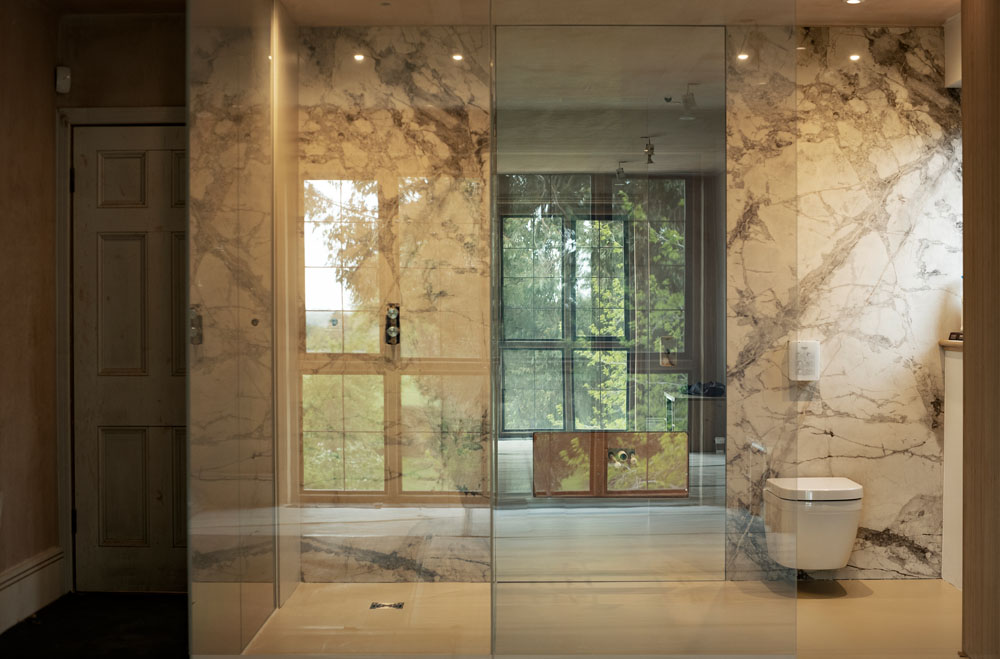
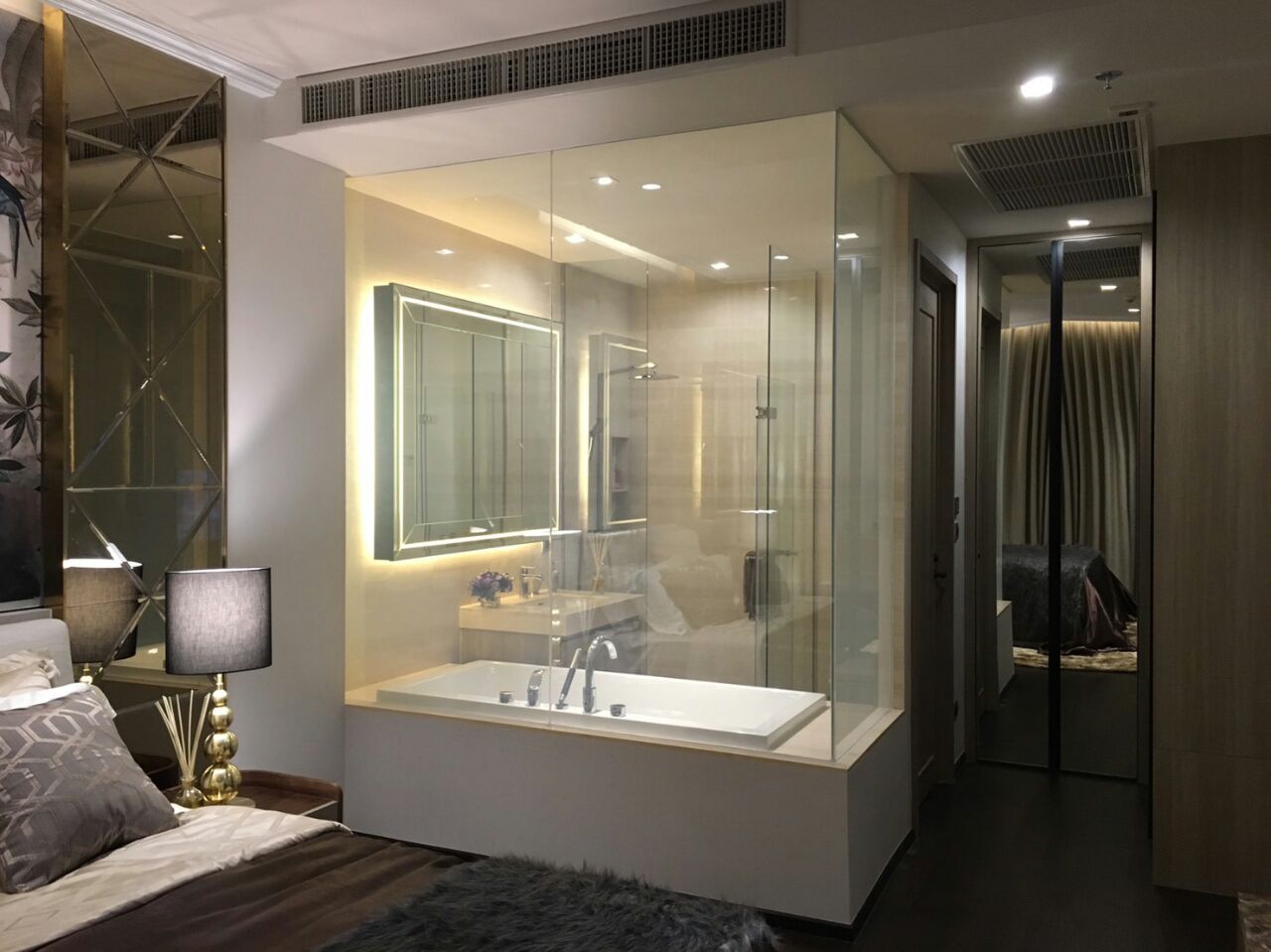
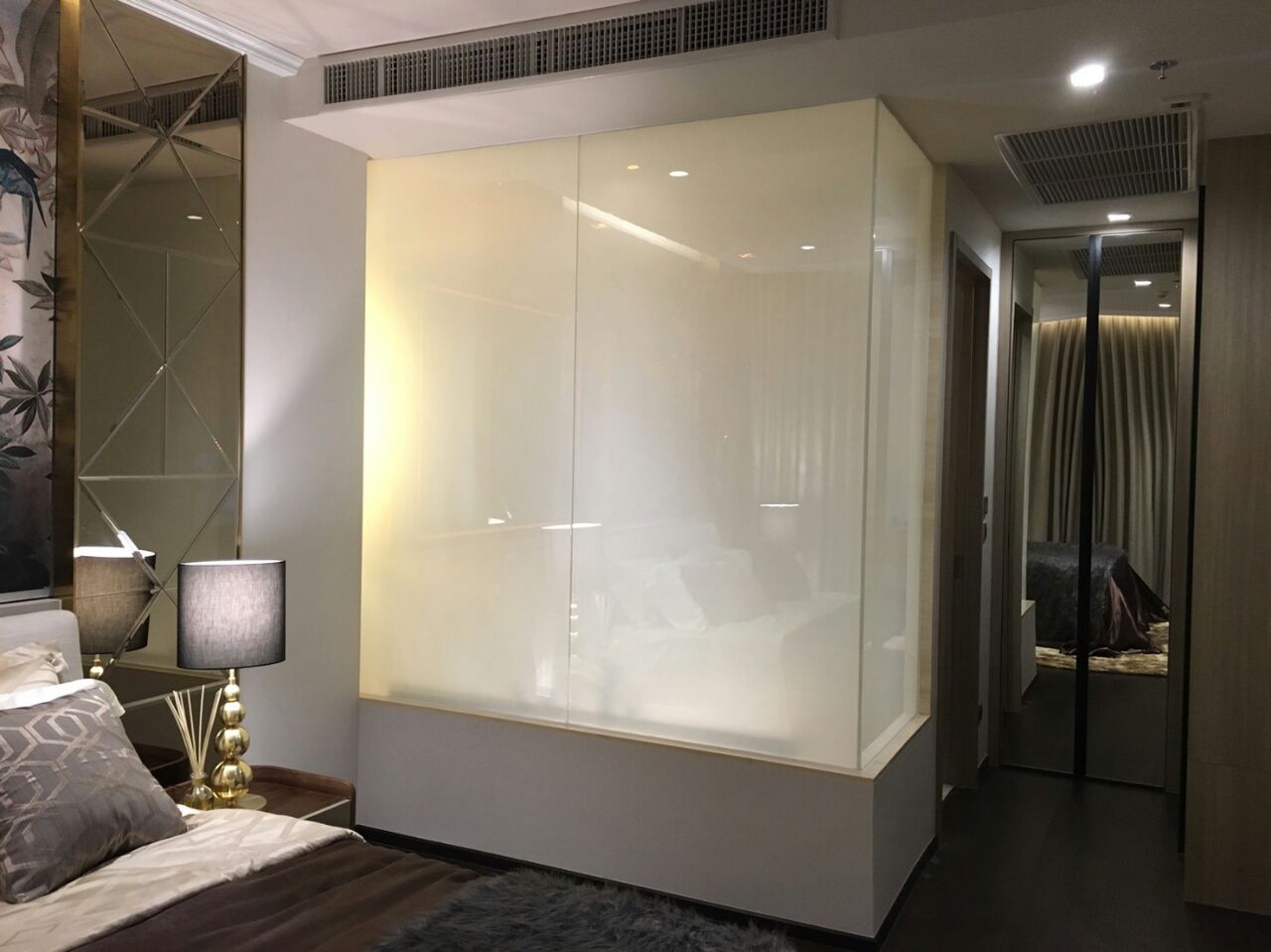
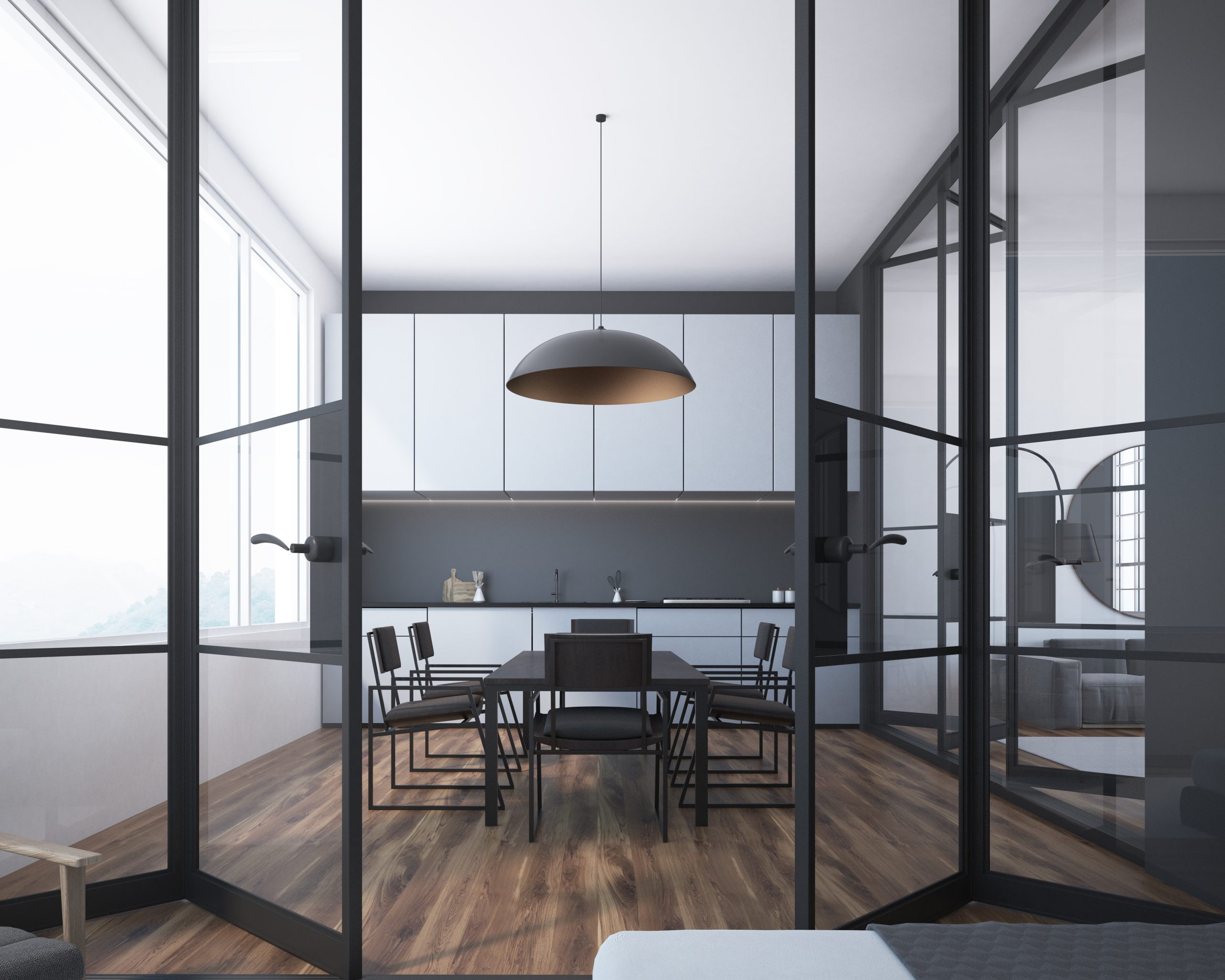
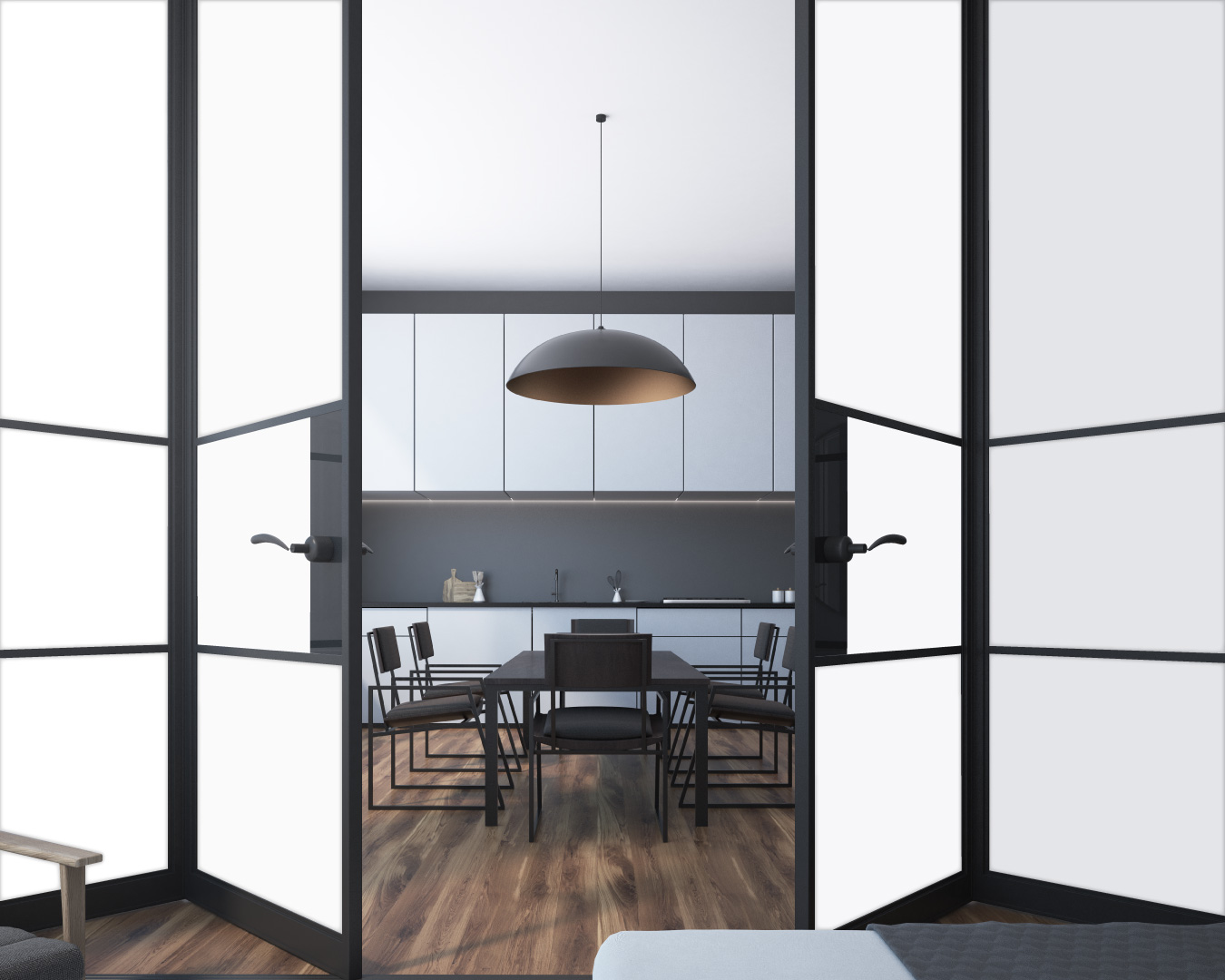
Frequently asked Questions
Our privacy glass works by utilising advanced PDLC (Polymer Dispersed Liquid Crystal) film. When an electrical current is applied, the liquid crystal molecules align, allowing light to pass through, making the glass transparent. When the current is switched off, the molecules mis-align, causing the glass to turn opaque or translucent, providing privacy.
Yes, switchable glass can be retrofitted into existing windows with the help of professional installers.
Yes, switchable glass can be used for exterior applications, but it requires additional weatherproofing measures.
Switchable glass is energy-efficient and consumes very little power, especially when in the static state.
Yes, switchable glass can be operated remotely through the use of automation systems or smartphone apps.
Yes, switchable glass can be designed to provide sound insulation, reducing noise transmission between spaces.




